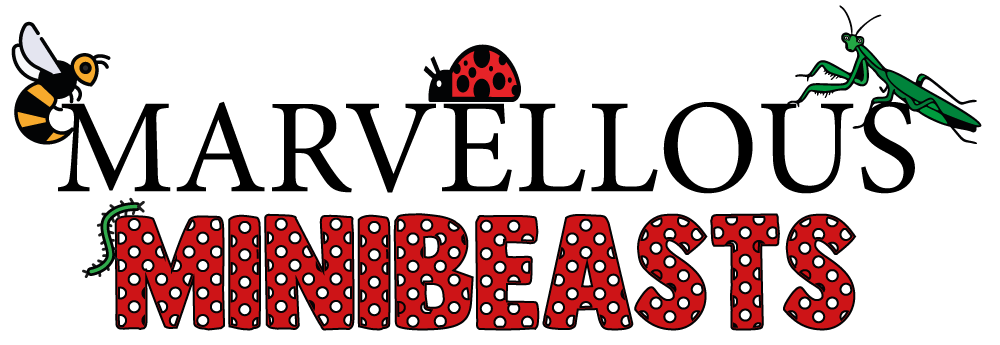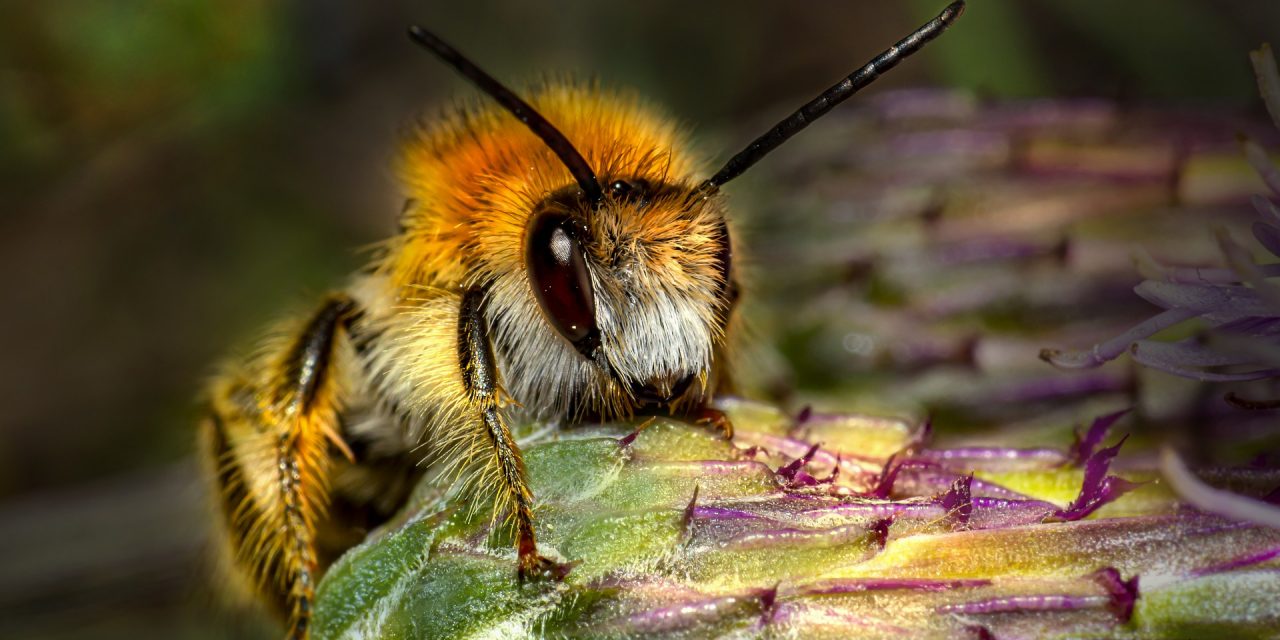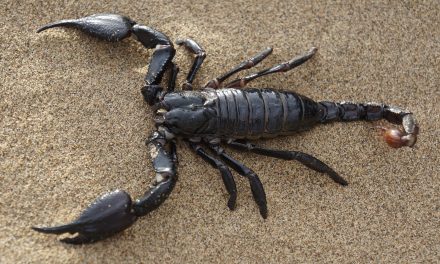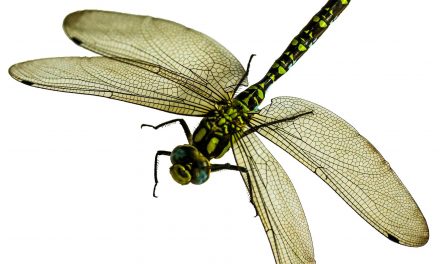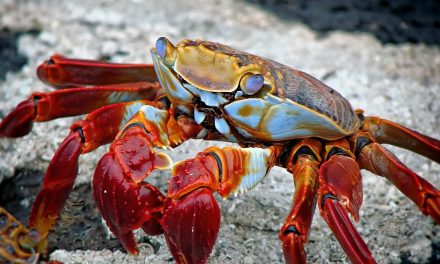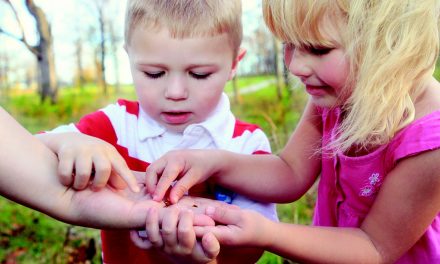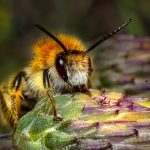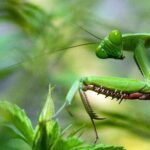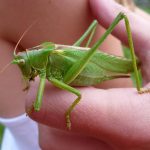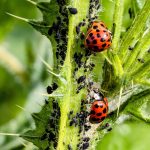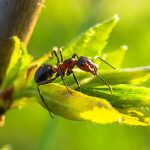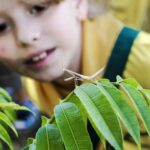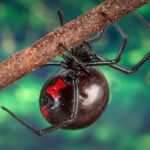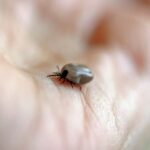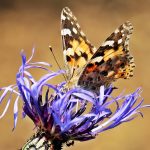North America is home to a diverse array of insect species, ranging from tiny parasitic wasps to large and colourful butterflies. In this section, we’ll take a look at the top 10 most common insects found in North America.
1. Ants
Ants are social insects that belong to the family Formicidae. They are found throughout North America and are known for their complex social behaviours, with specialised roles for workers, soldiers, and reproductive individuals. Ants are important decomposers and can help aerate the soil.
2. Bees
Bees belong to the order Hymenoptera and are important pollinators of many flowering plants. There are over 4,000 species of bees in North America, ranging from tiny sweat bees to large bumblebees. Bees are facing a number of threats, including habitat loss and pesticide use.
3. Butterflies
Butterflies belong to the order Lepidoptera and are known for their beautiful colours and patterns. They are important pollinators and play a key role in many ecosystems. Some common North American species include the monarch butterfly, the swallowtail butterfly, and the painted lady butterfly.
4. Mosquitoes
Mosquitoes belong to the order Diptera and are known for their ability to transmit diseases such as West Nile virus and malaria. There are over 150 species of mosquitoes in North America, and they are found in a variety of habitats, from wetlands to deserts.
5. Moths
Moths belong to the order Lepidoptera and are closely related to butterflies. They are often less colourful than butterflies but are still important pollinators and decomposers. Some common North American species include the Luna moth, the Polyphemus moth, and the hummingbird moth.
6. Spiders
Spiders belong to the class Arachnida and are not technically insects, but they are still an important part of many ecosystems in North America. They are known for their ability to catch and eat insects, and some species, such as the black widow spider and the brown recluse spider, can be dangerous to humans.
7. Ladybirds
Ladybirds belong to the family Coccinellidae and are known for their bright colours and spots. They are important predators, feeding on aphids and other small insects. Some species of ladybirds are considered beneficial to farmers and gardeners, as they can help control pest populations.
8. Grasshoppers
Grasshoppers belong to the order Orthoptera and are known for their ability to jump long distances. They are important herbivores, feeding on plants and grasses. Some species, such as the lubber grasshopper, can be pests for farmers and gardeners.
9. Cicadas
Cicadas belong to the order Hemiptera and are known for their loud, buzzing calls. They are found throughout North America and are important decomposers, feeding on dead plant material. Some species of cicadas emerge in large numbers every 13 or 17 years, a phenomenon known as a “brood.”
10. Termites
Termites belong to the order Isoptera and are known for their ability to break down wood and other plant materials. They live in large colonies and can cause significant damage to homes and other structures. Some species, such as the Formosan termite, are considered invasive pests.
These are just a few of the many insect species that can be found in North America. Whether they are pollinators, decomposers, or predators, insects play important roles in many ecosystems and are essential to the health and well-being of our planet. Unfortunately, many insect populations are facing serious threats, including habitat loss, pesticide use, and climate change. Conservation efforts are needed to protect these important and often overlooked creatures.
The Importance of Insects
Insects play important roles in many ecosystems and, as mentioned above, are essential to the health and well-being of our planet. Let’s take a look at some of the key ways that insects contribute to our world:
Pollination
Many insect species, including bees, butterflies, and moths, are important pollinators. They help to transfer pollen from the male parts of flowers to the female parts, allowing plants to reproduce. Without pollinators, many of the foods we eat, such as fruits, vegetables, and nuts, would be much less abundant.
Decomposition
Insects are important decomposers, breaking down dead plant and animal material and returning nutrients to the soil. This process helps to maintain healthy ecosystems and nutrient cycles.
Pest Control
Many insect species are natural predators, feeding on other insects that can damage crops and other plants. Ladybirds, for example, are known to feed on aphids, which can be pests in gardens and on farms. By controlling pest populations, insects can help reduce the need for pesticides and other harmful chemicals.
Food for other animals
Insects are an important source of food for many other animals, including birds, mammals, and fish. Without insects, many of these animals would struggle to find enough food to survive.
Threats to insect populations
Despite their importance, many insect populations are facing serious threats. Here are some of the key factors that are contributing to the decline of insect populations around the world:
Habitat Loss
As human populations continue to grow and expand, natural habitats are being destroyed at an alarming rate. Insects that rely on specific habitats, such as wetlands or forests, are particularly vulnerable.
Pesticide Use
Many pesticides are harmful to insects, even those that are not the intended target. Pesticides can kill beneficial insects, disrupt food webs, and contribute to the decline of insect populations.
Climate Change
Climate change is having a major impact on insect populations around the world. As temperatures rise, many insects are being forced to shift their ranges or change their behaviour. This can disrupt food webs and lead to declines in insect populations.
Invasive Species
Invasive species can compete with native insects for resources, disrupt food webs, and even directly prey on native insects. In some cases, invasive species can drive native insects to extinction.
Final thoughts
Insects are a diverse and fascinating group of animals that play important roles in many ecosystems. From pollinators to decomposers to predators, insects contribute to the health and well-being of our planet in countless ways. However, many insect populations are facing serious threats, and conservation efforts are needed to protect these important creatures. By taking steps to reduce habitat loss, pesticide use, and climate change, we can help ensure that insects continue to thrive for generations to come.
